Mark Graver is a printmaker who continually experiments with materials and techniques. Concerned with a healthy workshop/studio environment, Graver has developed a series of non-toxic printing techniques. These techniques can be executed without compromising on the quality of the work that he produces.
Graver’s images are created with an energetic and gestural use of mark-making. Despite the ‘new’ techniques that he uses, there is an ‘old school’ feel to Graver’s work. Printmaking is a wonderful Fine Art discipline that is unfortunately becoming fairly rare. These days it seems that Printmaking is somewhat overlooked and overshadowed by Painting and/or other techniques and disciplines, it’s a refreshing change to be exposed to a body of work where the grittiness of the ink and use of traditional art equipment create a series of raw and tactile surfaces.
Mark Graver has been selected for many international print exhibitions and in 2010 won the prestigious Lessedra World Art Print Competition, Sofia, Bulgaria with three works from The Harbin Series. He was invited as a Guest Judge of the Lessedra Competition the following year. He has exhibited both in New Zealand and internationally in numerous solo and group exhibitions.
In his own words
Please tell us more about your art and design background and how you chose Printmaking over the other Fine Art disciplines?
I made my first print in 1984 on an Art and Design Foundation Course in Watford, UK, then went to Leeds Polytechnic (BA Fine Art 85 – 88). In 1994 I went to Camberwell College of Arts, London and did an MA in Printmaking. I don’t think there was a conscious choice to make prints, and I dIdn’t really choose it over other disciplines. I also work with digital video and painting. It’s about finding the right media for a piece of work and about how different media affects or alters to ideas
Your work uses a wide variety of techniques. How do you choose specific techniques for specific work and discard others?
Again it’s about how the technique suits the imagery – I tend to etch on aluminium and use lift resists and carborundum as that allows for a more painterly approach. I think the image as a whole (the content, context and technique) are more important than just the techniques used to produce, there are though, cases in my own work when the technique is part of the ‘meaning’
You are British, now you living in the New Zealand. Do you think that this effects your work? Does the British perspective differ from the New Zealand perspective in regards to the Art world? If so how?
Most of the exhibitions I have are international so being in NZ doesn’t really impact in that sense – I don’t think of myself as a New Zealand artist but as an artist who happens to live in NZ, and I look outwards to the international art world. I still have many contacts in the UK and go back regularly for exhibitions and to teach workshops. I have dealers in Australia, UK, USA and NZ.
With the internet and email we are able to connect with people all over the world and working mainly on paper allows for works to be transported easily. When I wrote my book ‘Non Toxic Printmaking’ for A&C Black they were in London, I was in NZ and the artists who contributed images came from USA, UK, Vietnam and NZ.
We also run a gallery here specialising in international printmaking so that keeps us connected to the wider print world. Most of the shows come from overseas and are arranged through my contacts with other artists. Also when I run an international workshop I invite the print studio workshop participants to exhibit in NZ. That way we keep networks and connections going and the artists have a reason to keep working with the techniques I introduce.
What inspires you and how does it affect your work?
I’m inspired by many things but I think art is about trying to see the world differently and trying to make sense of it firstly on a personal level and then, hopefully, by connecting with others. I describe my work as being about memory, place and time – I’m particularly interested in the connections between and across printmaking, video and sound. My interest is in the reproductive qualities of the media, how the ‘realness’ or originality is manifested in reproduced/reproducible works and the memory texts generated by these works.
Can you please describe the steps involved in creating your works?
It’s a continual, constant process of gathering ideas and information through drawing, writing, reading, looking and thinking and then translating these into finished works.
What do you feel are the most challenging aspects of Printmaking and why?
I don’t think of printmaking as a challenge.
 What future plans do you have? What projects would you like to accomplish?
What future plans do you have? What projects would you like to accomplish?
I’m currently putting together a proposal for Doctoral Study which will be a practiced based DocFA and working on more video art works as well as working on a collaborative box set of prints with 11 UK based artists called ‘Parallel Prints’. The work will be shown simultaneously at our gallery here at Wharepuke and in the UK and the V&A Museum in London have asked for a set. We will be proposing the show for the Impact international printmaking conference in Dundee, Scotland. I’ll be running workshops in acrylic resist etching in Melbourne and at Gainsborough House in the UK next year and going to the Impact conference. There’s always a long list of projects and exhibitions!
Born in St.Albans, Hertfordshire, England, 1964, Mark Graver, artist/printmaker is a professional artist specialising in non toxic printmaking and painting. Mark runs nontoxic printmaking courses from Wharepuke Print Studio and teaches Printmaking part time at NorthTec, Kerikeri, NZ.
All images courtesy of Mark Graver www.nontoxic-printmaking.co.nz
For more information on Hong Kong Art Tutoring please contact:
Gail Deayton
Telephone: +852 9722 8353
Email: gd@gaildeayton.com

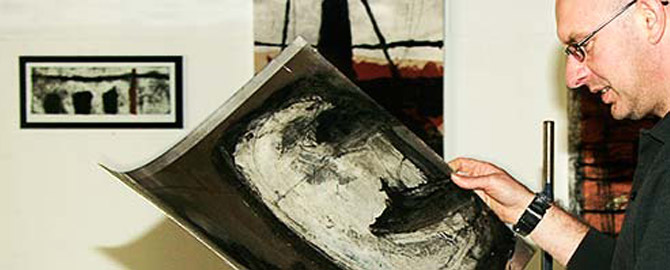
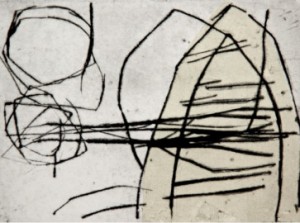
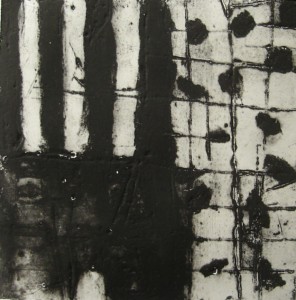
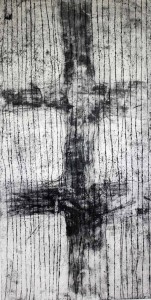
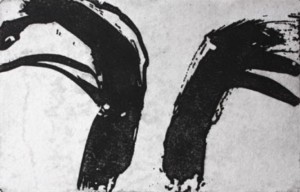
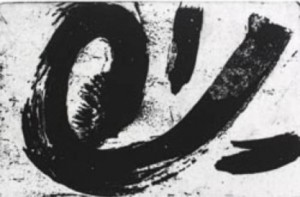





Gayle this is excellent. I love what you are doing. I am in the process of launching the Chameleon Workshop art packs and the first one is printmaking. In the packs I am writing a booklet that will feature past and present artists working in print, along with instructions. This is really useful. Will email you separately about this.
Well done, I love your blog.
El
Thanks El, glad that you’re enjoying them. Would love to catch up again soon and look at your packs. G